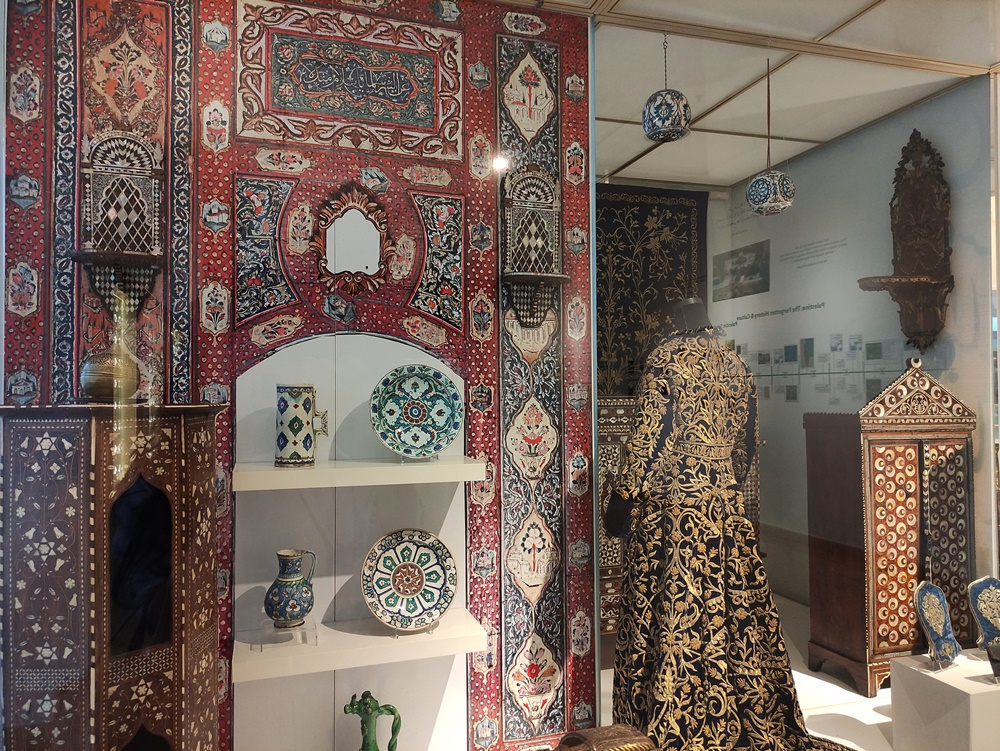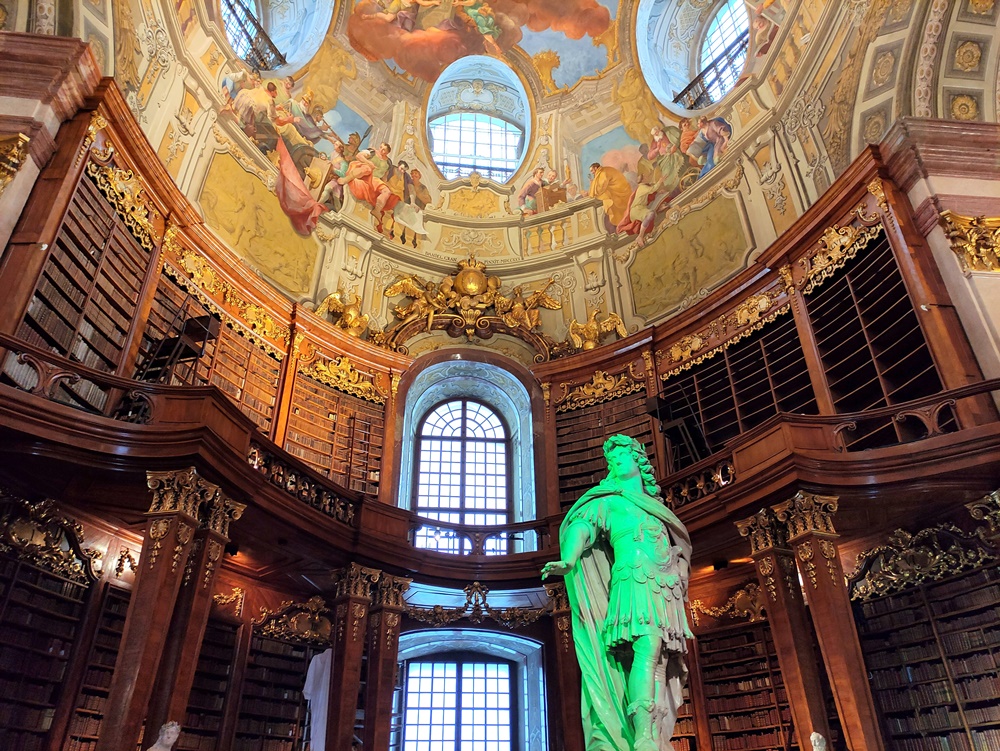
The Islamic Arts Museum Malaysia (IAMM) in Kuala Lumpur is Southeast Asia’s largest Islamic art museum. Located in a historic district among other relics such as the National Mosque and the railway station, the Islamic Arts Museum Malaysia boasts an impressive 12,000 artefacts (and growing) that showcase 1,400 years of Islamic history.
How to Get to the Islamic Arts Museum Malaysia
Car

The easiest method is driving or using e-hailing. The pin on Grab is easily recognizable as Muzium Kesenian Islam (Islamic Arts Museum). Parking at the Islamic Arts Museum is free.
Bus

Anyone using the KL Hop-On Hop-Off buses can get to the museum via the Masjid Negara stop, one minute walk away. If you want to try the free GOKL City Bus, you want the red route that stops at Masjid Negara. This bus stop is on the northeastern side of the mosque and requires a longer walk. If you’re using the RapidKL buses, the Pasar Seni bus hub is probably the nearest drop-off point.
Rail
The nearest rail station is Kuala Lumpur (KTM and ETS), a five-minute walk from the museum.

If you’re taking the LRT/MRT, Pasar Seni is the station the museum website suggests. However, the walk from here is long and complicated. I recommend getting off at Muzium Negara. You can take a pleasant route through the botanical gardens by cutting through Negara Museum’s grounds to an underground connection to the gardens. To idiot-proof the walk, exit the MRT station and head toward the St. Regis Hotel. After passing under the highway, keep going straight (do not follow the sidewalk that curves to the left). You will pass The Majestic Hotel and the Kuala Lumpur Railway Station. Follow the curving sidewalk onto Jalan Perdana to get to the Islamic Arts Museum.
Admission Price & Opening Hours
Unlike other attractions, the Islamic Arts Museum Malaysia doesn’t charge a higher price for foreigners. The ticket price is RM20 for all adults. Students and Malaysian seniors get a discounted rate of RM10. Children under 6 have free admission to the museum.
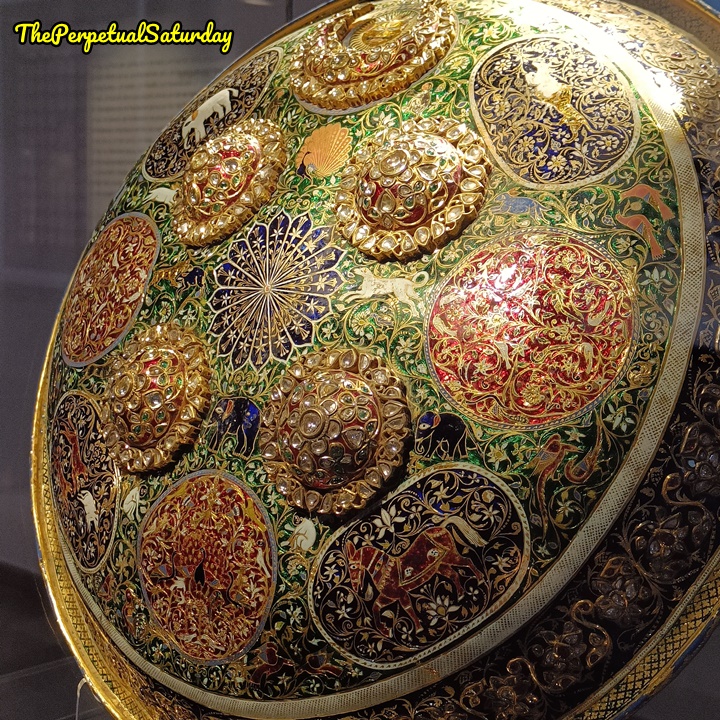
The museum and galleries are open daily from 9:30 am to 6 pm (last entry at 5:30 pm). The Islamic Arts Museum only closes on Eid al-Fitr and Hari Raya Haji. The exact dates of these holidays follow the lunar cycle and change every year, so check the dates for these holy days before your visit.
What to Wear

There is no dress code when visiting the Islamic Arts Museum Malaysia. Tourists do not need to cover their shoulders, legs, or hair as if they were visiting a mosque. Keep in mind that there will probably be a lot of Muslims visiting the museum, who might give you unsavoury looks if you’re flashing tons of skin. I found it chilly in the museum, so you might want to cover up anyway with a light sweater.
What to See

The Islamic Arts Museum Malaysia has twelve permanent galleries on the two top floors. It sounds like a lot, but this is not a huge museum with separate rooms and wings for each gallery. The sections are clustered together with only an overhead banner to mark the different galleries. The twelve galleries are:
- Architecture
- Qur’an & Manuscript
- India
- China
- Malay World
- Jewellery
- Textile
- Living With Wood
- Arms & Armour
- Coin & Seal
- Metalwork
- Ceramics
Permanent Galleries

The most fascinating exhibit at the Islamic Arts Museum Malaysia was the Architecture Gallery. Scale models of famous mosques from around the world fill the space. Each miniature had a helpful description of its location and any interesting facts. I got to see all these stunning mosques that I will likely never visit with a bird’s eye view I could never get.

Some pieces in the Qur’an & Manuscript Gallery had illustrations or gold pages that I spent a long time staring at. It would have been much more interesting if I could read Arabic, though. The India, China and Malay World Galleries contain everything from pottery to weapons. The artefacts are what you expect to see, such as daggers from India, Ming plates from China, and traditional Malay costumes.

The Living With Wood Gallery had larger pieces, such as furniture, storage trunks and window frames. The Metalwork Gallery contained household items like bowls and amphoras. The other galleries are straightforward and house usual museum offerings, like ancient coins and antique pottery.
Special Exhibits
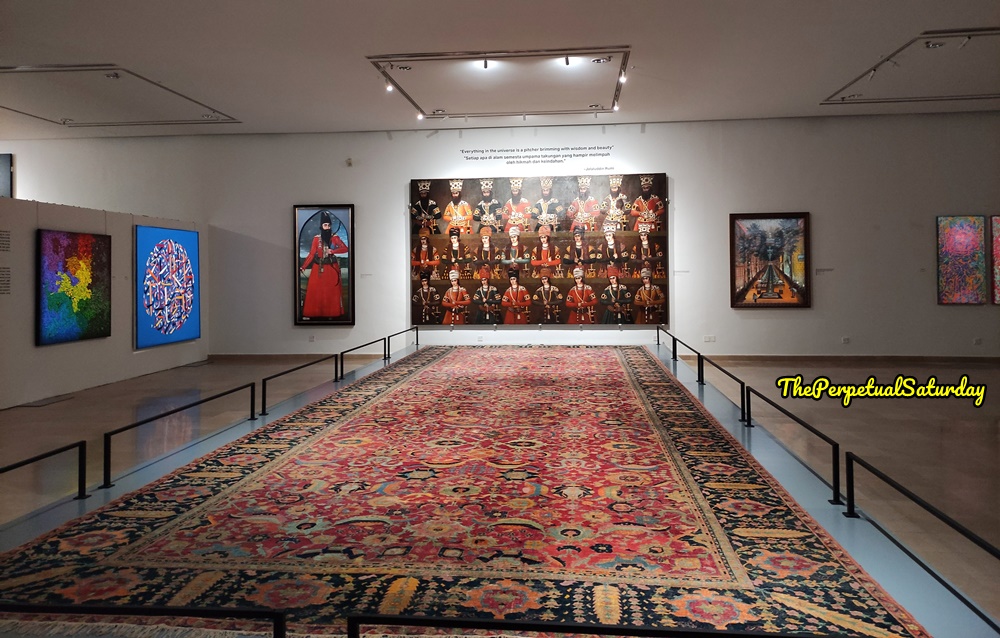
The Islamic Arts Museum Malaysia also has limited-time exhibitions throughout the year. These will fill the Special Gallery rooms 1 and 2 on the ground and lower ground floor. The museum’s website should be your first stop when planning your visit to see if there are any exhibitions of interest.
Architecture

The building itself is a work of art as well! The Inverted Dome Pavilion on the ground floor is beautiful simplicity with an exquisite inverted dome over a contrasting design on the glossy floor. At the end of the room is the Open Space Gallery, surrounded by full-length windows with floral arabesque designs. Sometimes, there is a photography exhibit here. If not, it is a peaceful place to sit.

When browsing the permanent galleries on the top floors, don’t forget to look up! There are three different coloured domes on the second floor. Their design is modern, elegant, and eye-catching without distracting attention from the exhibits.

Facilities
The museum is fully wheelchair accessible. The main entrance has step-free access, and multiple lifts connect all four floors. You can carry purses and backpacks around the Islamic Arts Museum, but there’s locker storage on the ground floor if you need it.
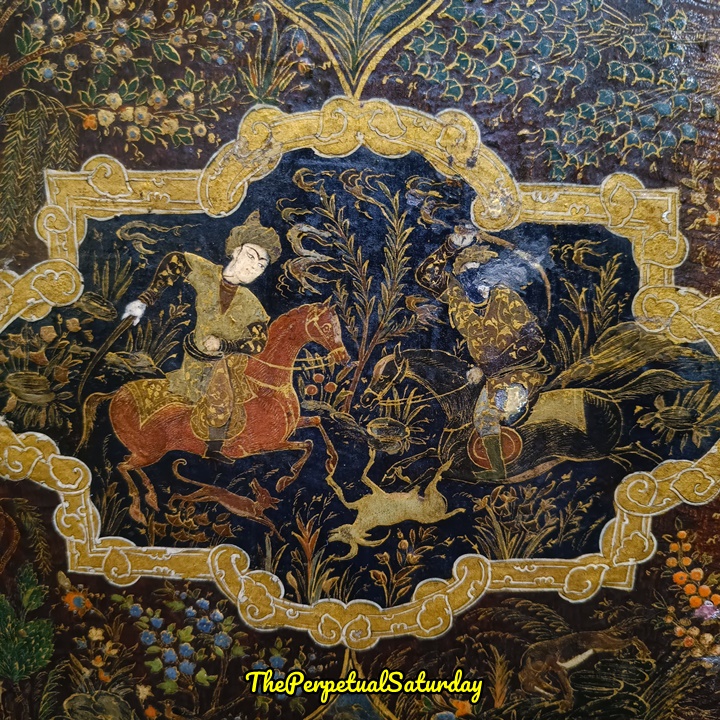
The toilets are on the ground and first floor only. The handicapped toilet is on the ground floor. The facilities I used had sitting toilets with paper in the stalls. There was soap at the sink and paper towels to dry off with.
What to Eat at the Islamic Arts Museum Malaysia
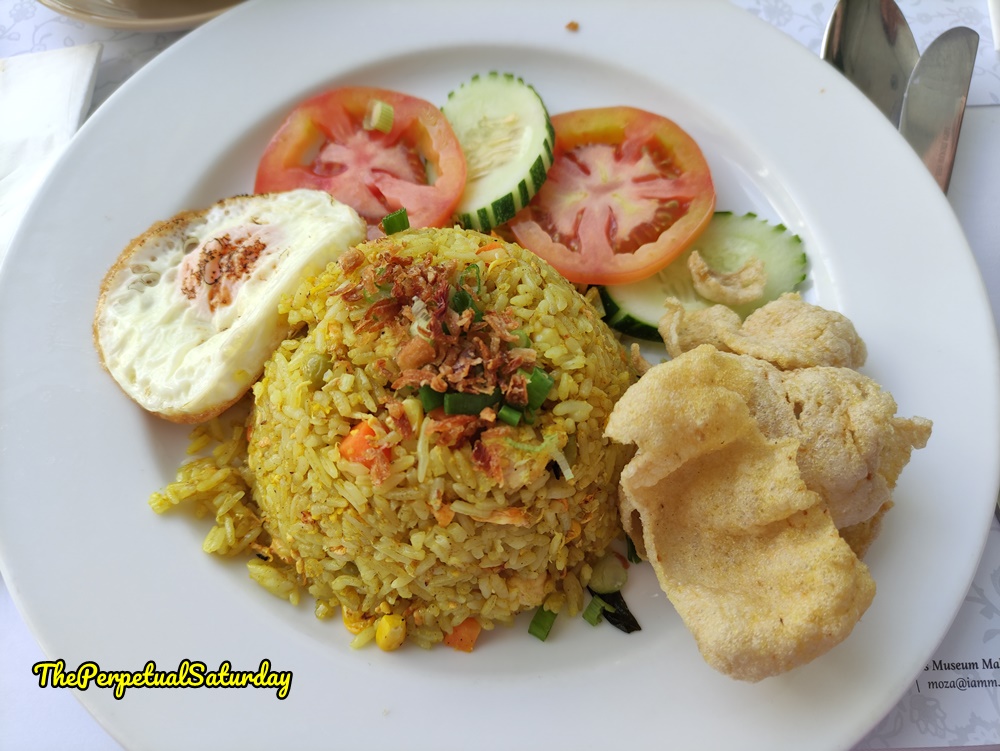
MOZA is the on-site restaurant at the Islamic Arts Museum Malaysia, serving Middle Eastern, western and local fare. It is open from 10 am to 5 pm daily, except on the previously mentioned holidays when the museum is closed. We had coffee and lunch for two pax on our visit for RM93.50.
Click on menu pictures to enlarge
MOZA does not offer free filtered water, only still or sparkling for RM5. You can get cheaper water from the gift shop if need something to sip on while walking around. I highly recommend bringing your own bottled water since the museum doesn’t have rules about outside drinks or food. You could also bring snacks, but you might want to eat those more surreptitiously.
Since MOZA is the only place to get something to eat, everything is priced higher than it needs to be. There’s nothing else in the museum, not even a vending machine or drinking fountain. If you drove here, you can easily go somewhere else for lunch since the museum ticket is good for the whole day. There are no turnstiles or anywhere that you need to scan your ticket to enter or re-enter.

If you used public transport or a Grab, the Islamic Arts Museum is in a dead zone with no cafes or convenience stores within quick walking distance. There’s a burger truck a little down the road (towards the National Mosque), and there’s a cheap nasi kandar at the Kuala Lumpur Railway Station. The restaurant at the railway is super ugly and a stark contrast to MOZA’s white tablecloths and cleanliness. If you care at all about ambience, I suggest just eating at MOZA. It’s a very nice restaurant if you can get a table near the big windows and you’ll have more time to explore the museum galleries after your meal.
Saturday Worthy?

We had a very memorable day at the Islamic Arts Museum Malaysia. This museum is a good introduction if you know nothing about Islamic Art. The ticket price is reasonable for Malaysians but cheap for foreigners. Most other Islamic art museums around the world are double the price. However, the Islamic Arts Museum Malaysia is pretty small, so definitely plan your visit when there’s a special exhibit to maximise the things to see.

Islamic Arts Museum Malaysia
Address: Jalan Lembah Perdana, 50480 Kuala Lumpur
Ticket Price: RM20 for adults, RM10 for students and seniors
Opening Hours: 9:30 am – 6 pm (last entry at 5:30 pm)
Website: https://iamm.org.my/

